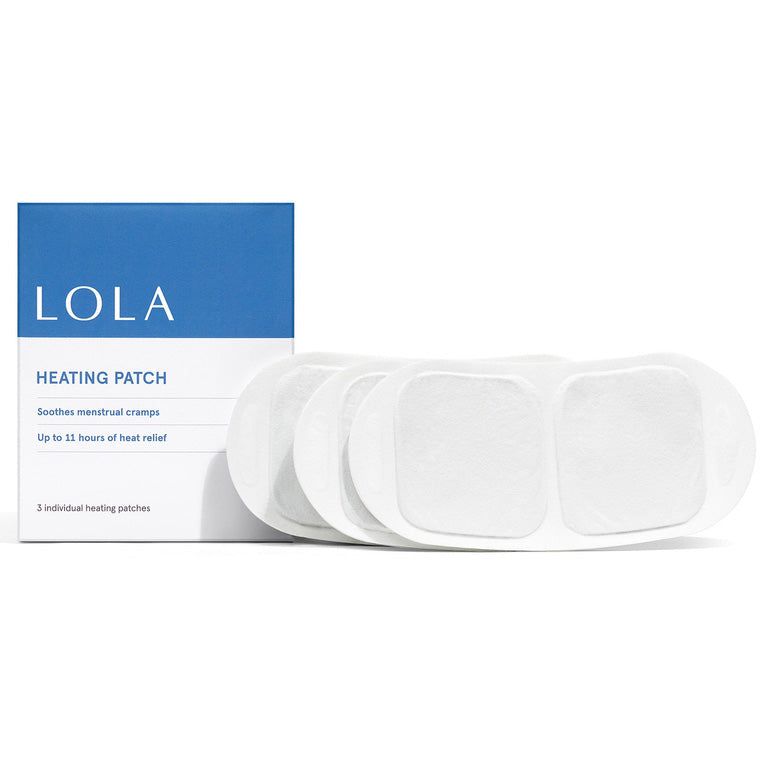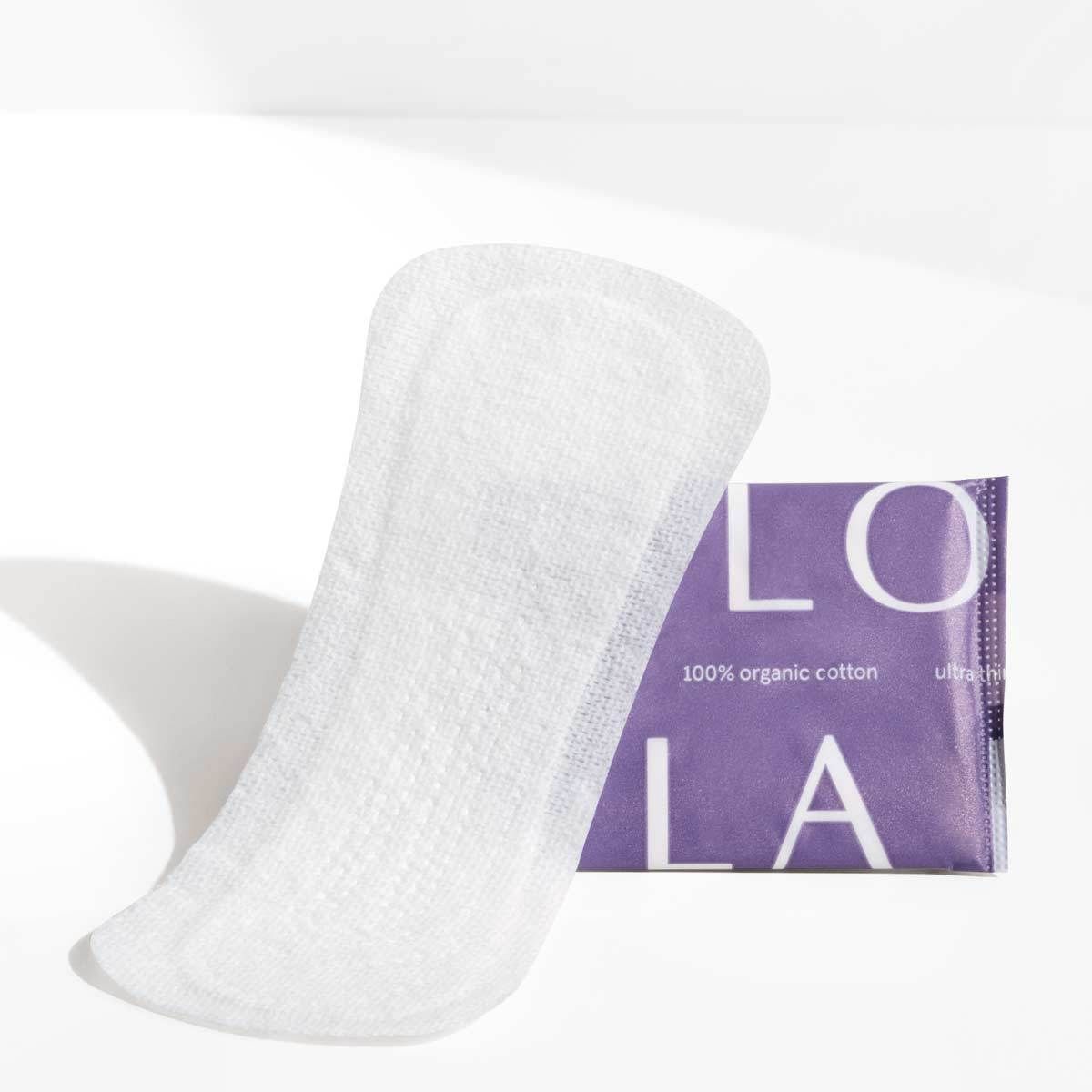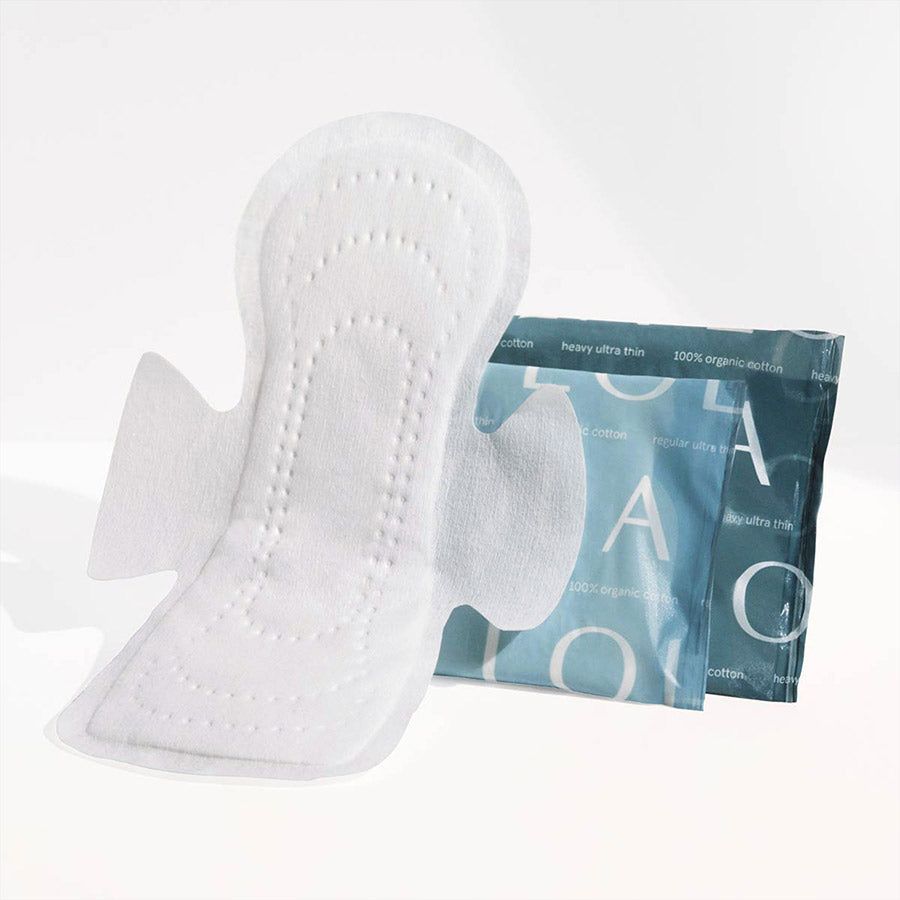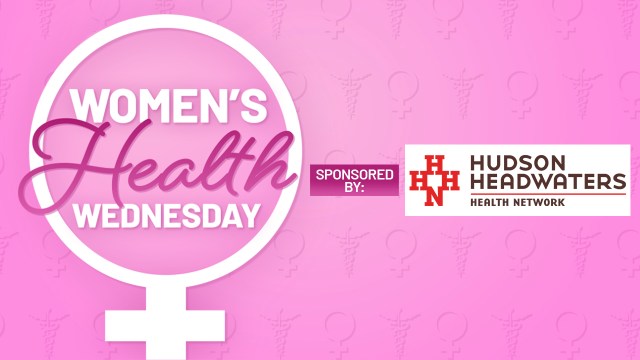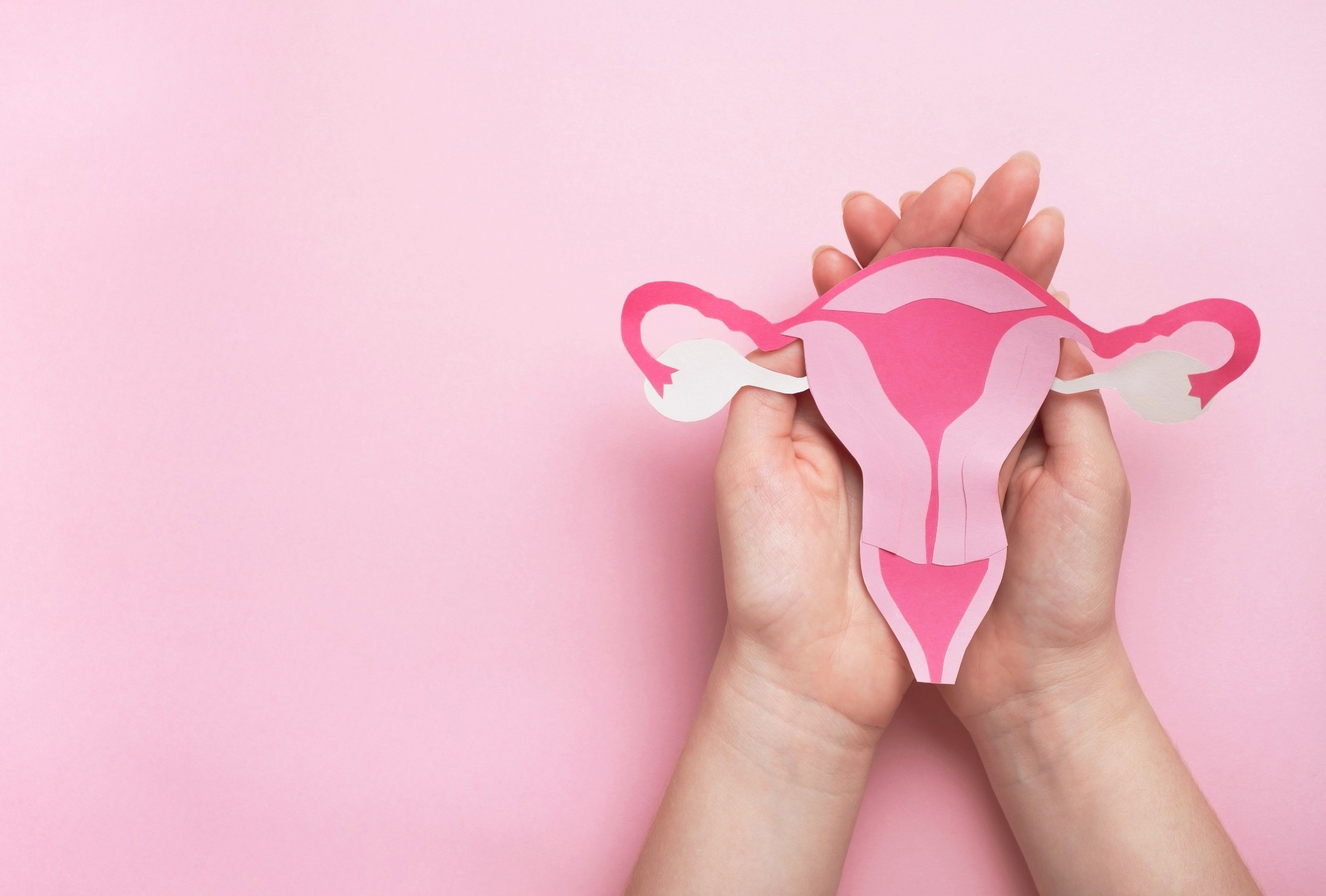Your uterus expands. Your hips widen. Hello, double-Ds! Blogs, books, and friends love to talk about all the changes your body is likely to go through during pregnancy. But what about after? There’s no app that tells you when, or if, your body will return to its pre-pregnancy state after the baby comes. The good news: It (mostly) will.
Women’s bodies are incredibly adaptable and will largely return to “normal” postpartum, barring any major complications, says Navya Mysore, MD, a New York family physician and women’s health expert.
So let’s get to it. Here’s a rundown of when you can expect your pregnancy side effects to say, “Ciao, baby!”
A Week Afterward…Or Never: Foot Size
Swollen feet are common in pregnancy and typically resolve within about a week of giving birth. But if you still can’t fit into your favorite slingbacks after the swelling has gone down, bad news: It’s time to put them in the giveaway pile.
Researchers now know that pregnancy can cause ligaments and joints to relax and spread. When this happens in the feet, the arches fall, causing the feet to become longer. This change is permanent, so use it as an excuse to get out of the house and buy yourself some new shoes—any style.
Up To 6 Weeks Afterward: Vaginal Discharge
For about a month and a half after giving birth, whether vaginally or via C-section, your uterus will shed its remaining contents in the form of bloody discharge called lochia. It will start out heavy, so stock up on pads with wings. After a week to 10 days, a panty liner or period underwear should do the trick.
Do not use tampons during this time; they can harbor bacteria and lead to infection while you’re healing.
2–8 Weeks Afterward: Vaginal Changes
Following a vaginal birth, you can expect pain and swelling in the vulva and perineum (the area between the vagina and the anus), particularly if you had a tear. This usually resolves in about two weeks and gets better each day. “One thing that’s freaking miraculous about women’s bodies is that we heal so quickly,” Dr. Mysore says. “The vulvar and vaginal tissue heals amazingly well. It’s incredible.”
The size of your vagina will more or less return to its pre-pregnancy state in about six to eight weeks. “I can’t say that she’ll absolutely be the same size that she was prior to giving birth,” says Angela Jones, MD, a New Jersey-based OB-GYN. “There probably will be a bit of a size discrepancy, but the vagina’s pretty amazing. She snaps back. I don’t think women need to start investing in vaginal rejuvenation or anything.”
If you’re experiencing soreness and swelling, take a sitz bath to relieve discomfort, and ice for 10 minutes multiple times a day.
6–8 Weeks Afterward: Stretched-Out Uterus
After steadily expanding over nine months, your uterus will—incredibly—return to near pre-pregnancy size in about six to eight weeks. And, yes, there will be cramping involved. Called “after pains,” you may notice them more when breastfeeding, which stimulates the hormone oxytocin and causes the uterus to contract. A heating patch or pad on the lower abdomen can help with the discomfort.
Just because your uterus can shrink in six to eight weeks doesn’t mean you should expect the rest of your body to do the same. It took nine months to gain weight during pregnancy; don’t put pressure on yourself to lose it quickly.
3–6 Months Afterward: Hair Loss
You have extra estrogen to thank for those luscious locks during your third trimester. Unfortunately, it won’t last long. As estrogen levels return to normal, it’s common to notice excessive shedding. Don’t be alarmed.
It’s not really considered hair loss, says Dr. Jones, because the estrogen in the third trimester prevents the body from shedding as much hair as usual. So when estrogen levels drop and shedding starts up again, hair starts falling out at what seems like an accelerated rate. But really you shouldn’t lose much more hair than the excess you were holding onto in those last three months. Hair loss typically peaks about three months postpartum and then tapers off.
If the hair loss bothers you, try volumizing shampoo, brush with care, use low-heat settings on blowers and straighteners, and consider a shorter cut that makes your hair look fuller.
3-6 Months (Or Longer) Afterward: Varicose Veins
Nearly a third of women will develop varicose veins in their legs during pregnancy. They’re caused by a number of factors, including increased blood supply and decreased valve function. Most of the time, varicose veins are not harmful and will go away on their own about three months after giving birth. You can prevent them from getting worse by being physically active, sticking to a low-sodium diet, and wearing compression socks. About 25 percent of women who develop varicose veins during pregnancy still have them six months postpartum.
If varicose veins don’t resolve within a year, they may require treatment in the form of laser therapy or an injection. If at any point you have pain, swelling, or redness with a varicose vein, call your doctor, as those may be signs of a blood clot.
For A Time Period That Varies: Menstrual-Cycle Changes
When your menstrual cycle returns depends largely on whether or not you’re breastfeeding. Mamas of exclusively breastfed babies typically don’t begin menstruating again until at least six months postpartum or when the baby begins to eat solid foods. Sometimes lactational amenorrhea (the absence of a period due to breastfeeding) can last a year or even longer.
What should you expect when your period does return? It’s hard to say. It could be identical to your pre-pregnancy cycle, heavier for a few months before returning to a more normal flow, or completely different than it was before.
“I see a lot of women whose period looks exactly the same [postpartum],” Dr. Mysore says. “And then I see a lot of people who say their period got a lot longer, it’s not heavy anymore, or it’s a lot heavier. Or they used to have a 28-day cycle and now it’s a 35-day cycle. Consistency of the flow, quality of the blood, and pain levels can shift, too. You can see all sorts of changes.”
For Months, Years, Or Longer: Urinary Incontinence
Having to pee a lot—and, like, right now—was understandable when pregnant. After all, there was a growing fetus literally sitting on your bladder. But giving birth might not ease your urge to go and may make leaking urine even more common. What gives?
Pregnancy and childbirth put a lot of stress on your bladder and can weaken your pelvic-floor muscles, leading to urinary incontinence (loss of bladder control). Whether you’ll have incontinence and how long it will last depend on several factors, including the birth weight of your baby and how many pregnancies you’ve had.
For some women, the pelvic-floor muscles are permanently affected by pregnancy and childbirth. To address this, “Kegel exercises can be highly effective,” Dr. Jones says. “They don’t necessarily work overnight, but a prolonged regimen over a couple of months will help.” If that doesn’t do it, talk to your doctor about other treatment options.
For A Few Months: Mommy Brain
The truth is, there’s not enough research to know yet. In fact, it wasn’t until a few years ago that experts started agreeing that “mommy brain,” aka “baby brain,” was considered a real thing.
Given that cognitive changes begin during pregnancy and continue at least through the first months after birth, we can assume that hormones, stress, and sleep disturbances play a role in mommy brain. That can mean forgetting your keys more frequently or blanking on the word for that thing you drink your coffee out of every morning. But baby brain might not be all bad.
“There was a study done in 2016 in which they did MRIs on women during pregnancy and then postpartum,” Dr. Mysore says. “It showed structural brain changes in the pre-frontal cortex, which is related to social cognition, basically demonstrating that our brains change as we bond with our baby.”



